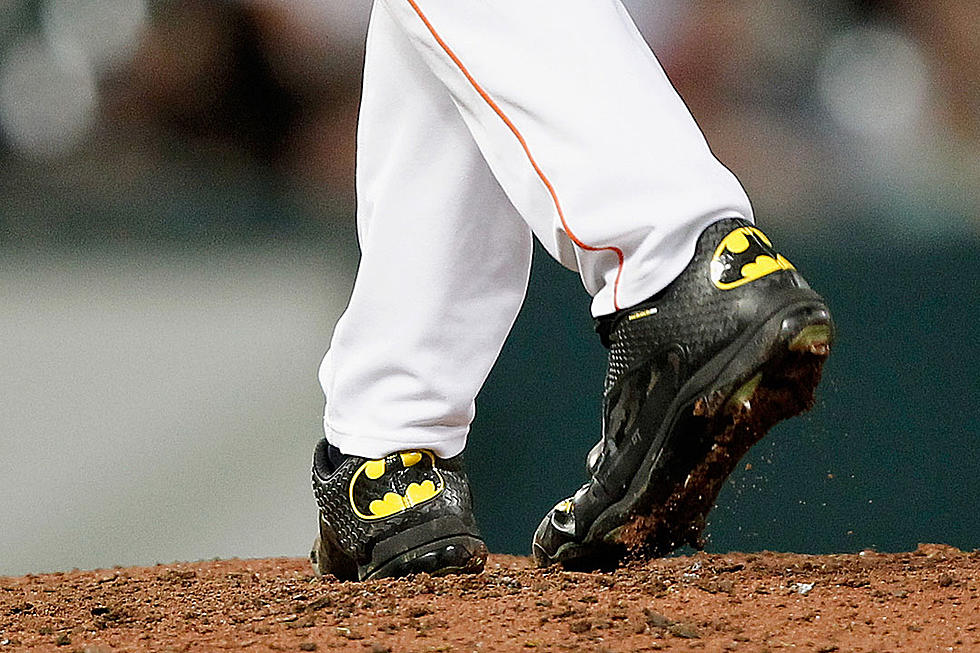
Elbow Epidemic
Miami Marlins ace pitcher Jose Fernandez is one of baseball's most exciting young prospects. His elbow is hurt. Ditto Mets young ace Matt Harvey. Ditto Kris Medlen. Ditto Brandon Beachy. Ditto Patrick Corbin. Ditto Jarrod Parker. Ditto Matt Moore. Ditto Bobby Parnell. Ditto Stephen Strasburg. You get the idea. These young pitchers are all victims of a torn Ulnar Collateral Ligament, or UCL. The UCL is the ligament on the inside of the elbow that comes under great stress with throwing motion.
Because of the recent rash of UCL injuries, Major League Baseball teams have taken an approach of caution with regards to the number of innings thrown by young pitchers. The approach isn’t working. According to baseball-reference.com, Tommy John surgery, more properly known as ulnar collateral ligament reconstruction is a surgical operation in which a ligament in the medial elbow is replaced with a tendon from elsewhere in the body - often from the forearm, hamstring, or foot of the patient. The procedure was developed by Dr. Frank Jobe in 1974 for pitcher Tommy John, for whom the surgery is named. At the time of Jobe's death, in the spring of 2014, it was reported that a third of major league pitchers had had the surgery. Similarly ESPN recently reported that 25% of active pitchers have had Tommy John surgery. During the 2000’s, an average of 16 major league pitchers underwent the procedure each year. A record 36 such operations were performed in 2012. And baseball is on pace for even more in 2014.
So what’s the solution? Rather than babying pitchers by limiting innings, baseball should focus on easing the stress on a pitcher’s elbow by limiting the force applied to the UCL. SI.com reports that the major league pitchers average velocity has jumped in the past four years. The stress of violent pitching, including before pitchers turn pro, is threatening young arms. Last September, at the end of a rookie season in which he threw 172⅔ major league innings at age 20, Fernandez’s fastball averaged 97 mph. Fernandez provides the perfect case study for relatively few innings pitched with relatively high velocity pitches thrown.
A while back, biomechanical experts at the American Sports Medicine Institute studied cadavers to see how much force a human arm could withstand. They increased the force on the arm until the ligaments blew apart. They discovered that the human arm broke apart at 40 pounds of force. The typical major league pitcher exerts about 40 lbs of force as he brings his arm forward from the “loaded” position.
So the more velocity, the more stress on the arm, the higher risk for a blown out elbow. The solution is to let pitchers throw as many innings as they are effective throwing at less 100% effort. With $200 Million contracts dangling out there for the fastest of fastball pitchers it’s not going to be an easy practice to implement.
More From Power 105.5




![Chicken Tender Delays Diamondbacks-Giants Game [VIDEO]](http://townsquare.media/site/88/files/2015/04/Chicken-Tender-on-field.jpg?w=980&q=75)




